Referrals
Mind The Bleep
FEBRUARY 2, 2025
However, as an F1, you may well know the patient best and therefore you may be best placed to refer the patient. She is otherwise in good health and is responding well to chemotherapy. could it be driven by a much more pressing sepsis ). We think she now needs inotropes and more ventilator support. rate control? ablation?).






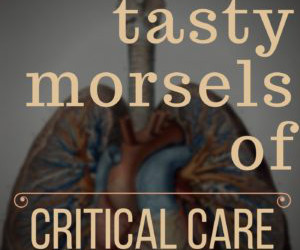







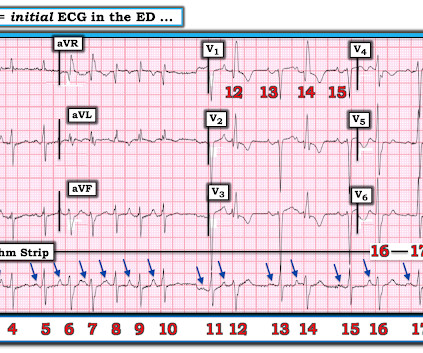


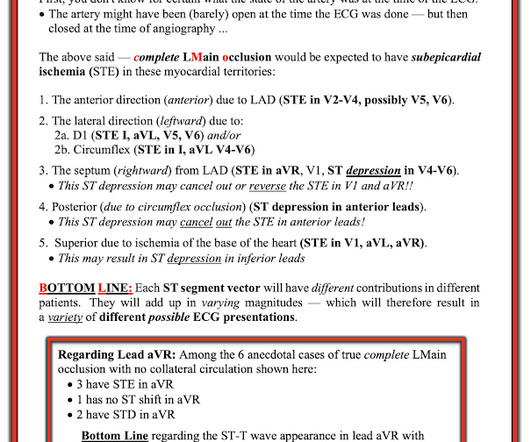


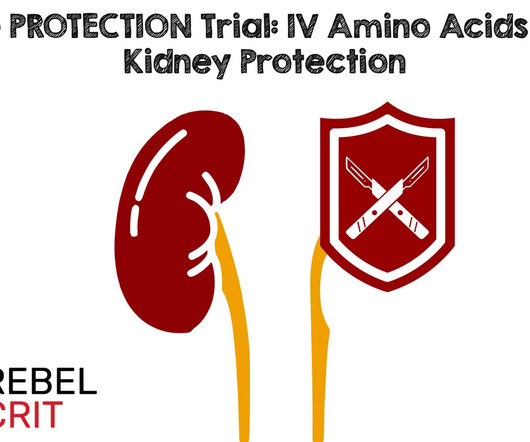



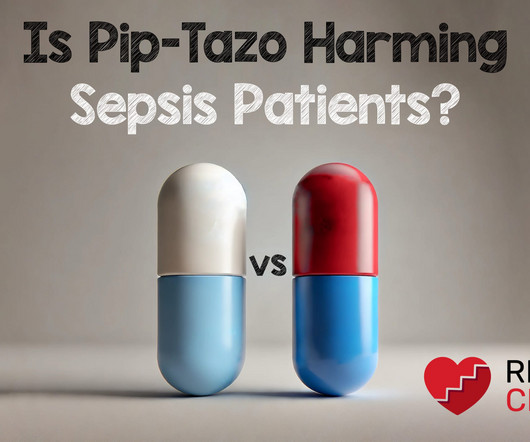

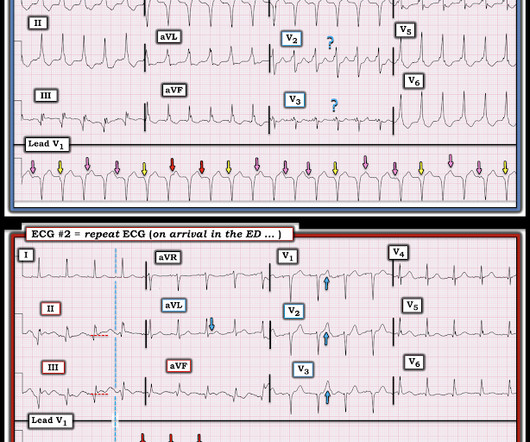


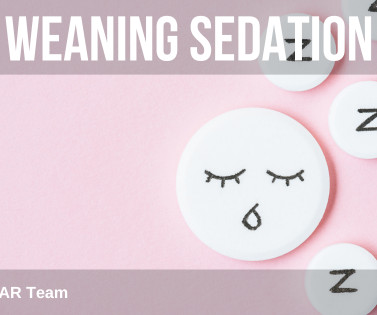



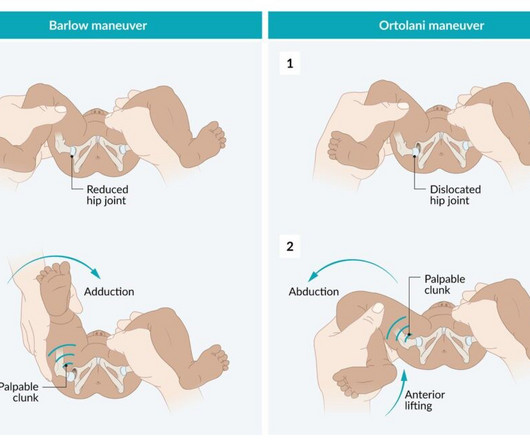






Let's personalize your content